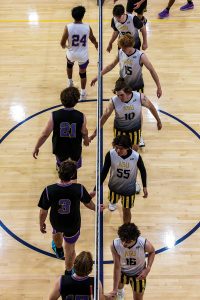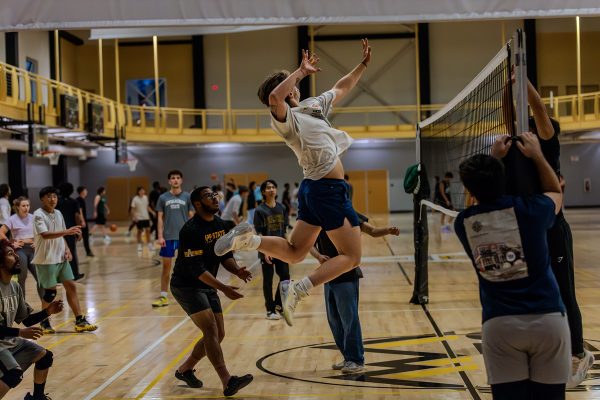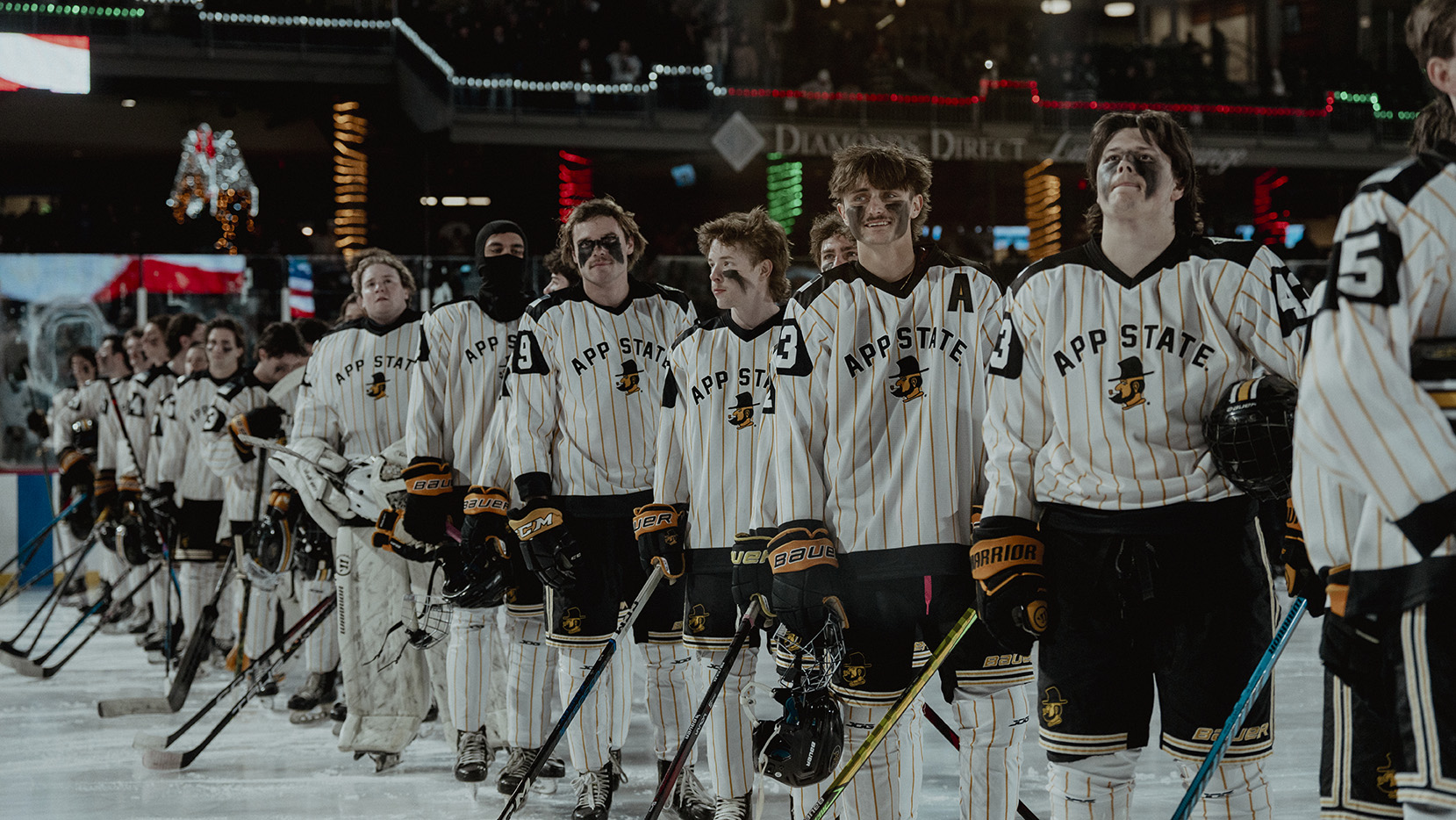For many students, being part of a club or intramural sports team can quickly become a highlight of college life.
“The social, physical, and mental benefits that one may receive from joining an intramural or club sports team is unlike none other,” Zach Sippel, the University Recreation coordinator of sports programs, wrote via email.
University Recreation has two types of sports programs: club and intramural sports. While both programs are available to all students and have a lot of common traits, there are several key differences between them.
Club Sports
Club sports are typically the more competitive of the two programs, because each team belongs to national governing bodies with the ability to allow them to compete in postseason national championships. Most club teams host try-outs to determine who the best players are, with the caveat that teams cannot cut prospective players.
According to Sippel, teams are student-run with elected officers and receive funding from the university, fundraisers and club dues. Dues vary from team to team, but they help pay for travel, jerseys, equipment and other necessities.
“Club Sports is the most similar experience to varsity sports that students could have, regarding the practice and competition schedules, and traveling to compete against other universities,” Sippel wrote.
Most teams practice two to three times a week and compete on the weekends. Compared to NCAA sports, club teams typically offer more flexible schedules, allowing students to balance athletics with academics and other campus involvements.

According to the UREC website, there are 26 recognized club sports teams: seven men’s, nine women’s and10 “co-rec” teams. Some of the teams available for students to join include men’s club baseball, women’s field hockey, “co-rec” cycling and more.
Intramural Sports
Intramural sports programs offer students opportunities to be active in a social and competitive environment without the same time commitment as club sports. Students are able to join multiple intramural sports teams and leagues and don’t have to pay membership fees to participate.
“Intramurals are free to play and offer friendly and competitive leagues to choose your competitive experience,” Sippel wrote.
Intramurals offer several different types of leagues for participants, each based on how intense the action is. While club sports are the most competitive, intramurals offer elite leagues designed for advanced players who want to experience the highest level of competition intramurals have to offer. There are also competitive and friendly leagues which tone down the intensity so that intermediate, beginner or casual players can still have fun.
Most intramural sports also have a variety of leagues and divisions, including men’s, women’s, open and student organizations.
“The Intramural Sports Program offers league sports which are played on a one game per week schedule, as well as tournaments throughout the semesters,” Sippel wrote.
The calendar of current and upcoming sports offerings, as well as registration to join a team or league, can be found on the “Intramural Sports” header of the UREC website.

Several popular intramural sports available in the fall include 2v2 pickleball, 7v7 flag football, spikeball, slow pitch softball, indoor soccer and indoor volleyball. Starting in the spring, Frisbee, 5v5 basketball, 5v5 NFL flag football and other sports will be available, Sippel wrote.
UREC also offers tournaments for billiards, cornhole, dodgeball and several others.
Ethan Miller, a sophomore building sciences major, and AJ Williams, a freshman electronic media broadcasting major, are two students who play men’s intramural basketball. Both gave glowing reviews of their time on the court competing with their friends.
“My experience was wonderful,” Miller wrote in an email. “Some games can be fun and not serious at all depending on the other team, but some games can bring back the ‘high school’ feeling of being very intense and coming down to the wire. The energy is high and the games are super competitive, but at the end of the day, we are there to have fun.”
Basketball has been a part of Williams’ life for a long time, and it was that connection to the sport that led him to start an intramural team and make life-long friendships.
“‘The love of the game’ would be a simple way to say why I wanted to join, and why I’m going to come back,” Williams wrote in an email. “Basketball has been there out of everything in my life, no matter what the situation is or was.”
Williams wrote he became best friends with his teammates, most of whom he didn’t know prior to competing with them. He wrote that by doing something as simple as playing a sport, you can make new connections.
At the core of their experiences is meeting new people and enjoying an active lifestyle, which Sippel echoed.
“It is a great chance for students to be involved in the App State community and meet new friends,” Sippel wrote. “It is a way to exercise and compete in your favorite sport, or learn a new sport.”

A great way for students to learn more about club sports and join a team is by visiting Club Expo on Aug. 17 in Holmes Convocation Center. For students interested in joining intramurals, they can create a team with their friends on IMLeagues or, if they don’t have enough people to make a team, can mark that they are interested in free agents to join.
Additionally, students can attend the Welcome to App Week events on Sanford Mall during the first week of classes to get additional information about the sports programs offered at App State.
Students interested in employment opportunities connected to club and intramural sports can apply to become an intramural official or a supervisor for club sports and intramurals. Administrative positions that oversee the teams are also available. Information about how to apply can be found on the “Sports Positions” tab of the UREC website.
Students looking to get involved in club and intramural sports, whether it be playing or working, can explore the UREC website or contact Sippel with any questions.


